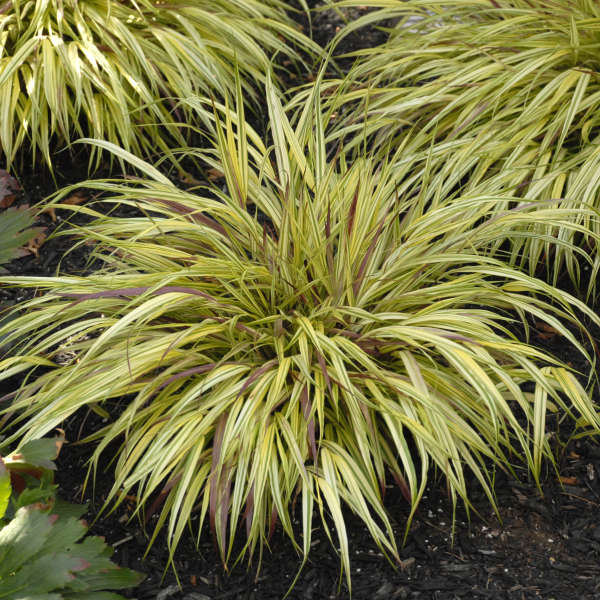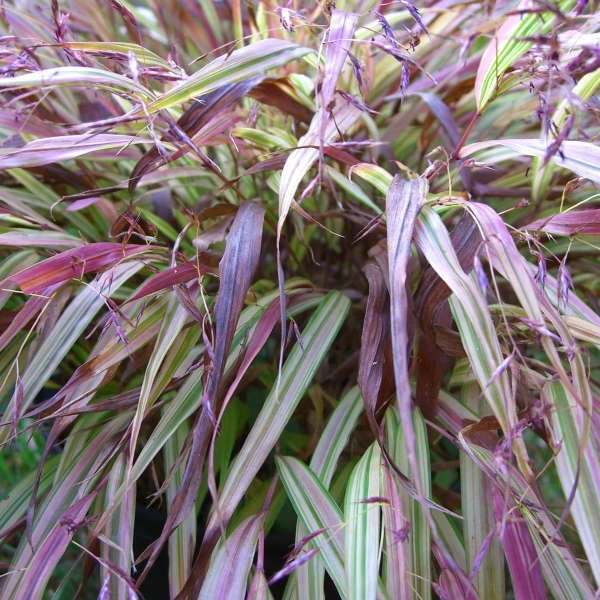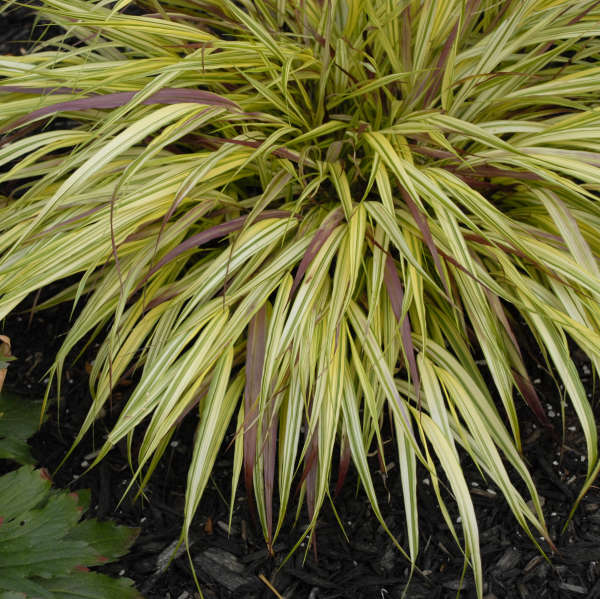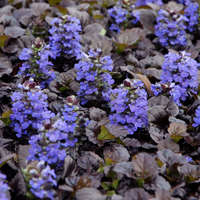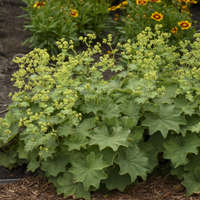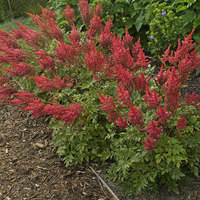Hakonechloa macra 'Naomi' PP19897
Common Name: Hakone Grass, Japanese Forest Grass, Ornamental Grass
Excellent fall color sets this cultivar apart from H. m. 'Aureola'. The creamy yellow and green variegated leaves become flushed with reddish-purple tones in fall. The color is most pronounced in cool weather.
Though this grass does spread by rhizomes, it is a slow grower and will not rapidly overtake its neighbors. Plant it where it can cascade down slopes, drape over rocks, crawl over the edges of walls, at the front of the garden, or even in containers.
Hakonechloa is grown mainly for its beautiful foliage, though it does produce seed heads. Tiny, inconspicuous reddish brown flower spiklets appear in airy clusters from late summer thru early fall.
